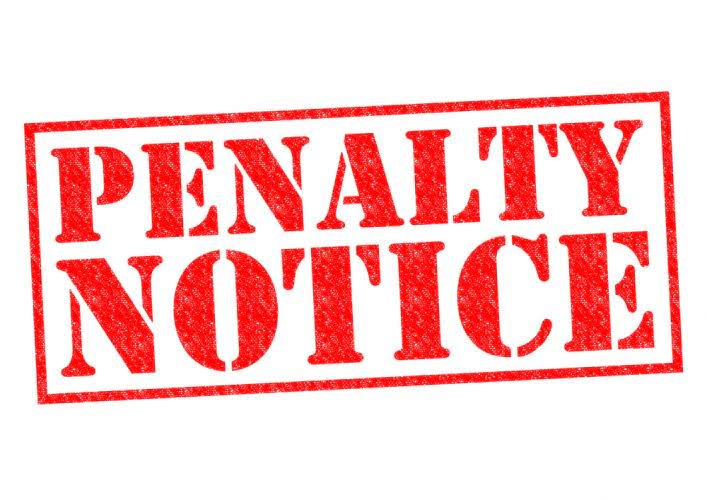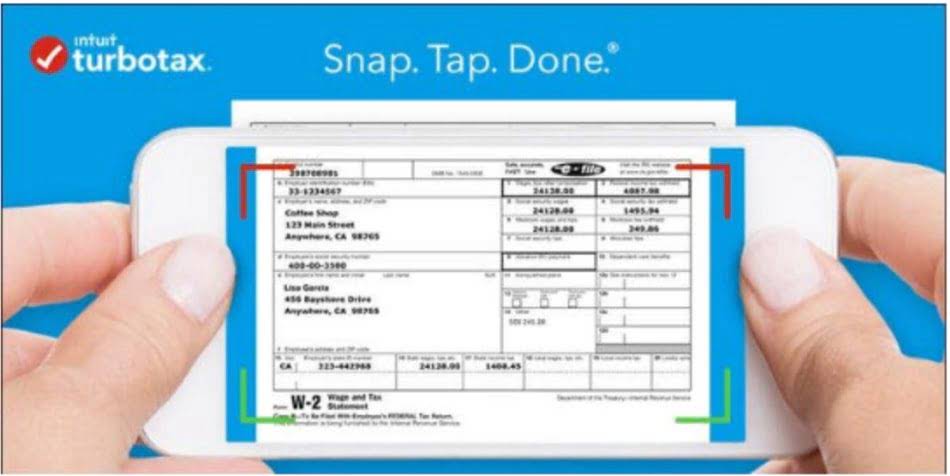Liability Definition, Accounting Reporting, & Types

These are the short-term financial commitments that keep your business running day-to-day. Due within one year (or one operating cycle), they directly impact your cash flow and need close attention. The declaration and payment of dividends require evaluating liquidity and financial health. While dividends enhance shareholder satisfaction and signal stability, they reduce cash available for reinvestment.
Unearned Revenues
- Pension obligations represent promises made to employees about their retirement.
- To reflect the reduction in the equipment’s value due to depreciation, the company also records $10,000 in the Accumulated Depreciation account.
- Dividends are cash payments from companies to their shareholders as a reward for investing in their stock.
- The most common example of unearned revenues is membership subscriptions and magazine subscriptions where payment is collected upfront but the service is provided over an extended period.
- Strong internal controls around liabilities protect both your company and you personally.
Contingent liabilities are potential future obligations that depend on the occurrence of a specific event or condition. These liabilities may or may not materialize, and their outcome is often uncertain. Examples of contingent liabilities include warranty liabilities and lawsuit liabilities. The total liabilities of a company are determined by adding up current and non-current liability account examples liabilities.

2. Doubtful Accounts and Bad Debts Asset Contra

Conversely, companies might use accounts payable as a way to boost their cash. Companies might try to lengthen the terms or the time required to pay off the payables to their suppliers as a way to boost their cash flow in the short term. Typically, vendors provide terms of 15, 30, or 45 days for a customer to pay. This means that the buyer can receive supplies but pay for them at a later date. These invoices are recorded in accounts payable and act as a short-term loan from a vendor.
- The commitments and debts owed to other people are known as liabilities.
- The relationship between what you own and what you owe shows whether your business can weather financial storms over the long haul.
- They help answer crucial questions about your liquidity, leverage, and long-term sustainability.
- Recording a liability requires a debit to an asset or expense account (depending on the nature of the transaction), and a credit to the applicable liability account.
- In case of sudden requirements, a liability helps entities pay for operations and then return the finance as applicable to the lenders.
- The legal expense would appear on the current years’ income statement.
What are liabilities in accounting?
These can be substantial liabilities, calculated as the present value of expected future payments. Even if retirement is decades away, these obligations appear on today’s balance sheet. Accrued expenses are the silent obligations that build up before you receive an actual bill. Think of the wages you owe employees for work already performed but not yet paid, interest accumulating on loans, or utility services you’ve What is bookkeeping used but haven’t been billed for yet. Leveraging early payment discounts can reduce costs and improve profitability.
- If you manage books for several clients, keeping up with recurring liability tasks like loan payments, tax deadlines, or deferred revenue can quickly become overwhelming.
- Managing these overdrafts is important to maintain good financial standing and avoid additional fees.
- A warranty becomes a cost only when customers file claims for repairs or replacements.
- Contingent liabilities are potential future obligations that depend on the occurrence of a specific event or condition.
Best Practices & Common Pitfalls to Avoid
For instance, a company has $3,200 in payroll taxes withheld from employees that need to be paid to the tax authority by the end of the month. Legal fees payable include fees incurred but not yet paid for legal services. Managing these payments is essential for budgeting and financial planning. A corporation, for example, has incurred $7,000 in legal fees related to a lawsuit, which will be paid next month. Supplies payable are amounts owed for supplies received but not yet paid for. Keeping track of these liabilities helps manage cash flow and inventory.
How Do Gift Cards Work? Accounting and Financial Insights

Improve financial stability by tracking income and balancing payments on your balance sheet. Make a plan that prioritizes debt repayment without harming your daily needs. Both affect your financial statements differently, and understanding this is key. Deferred https://shop.lakokosh.ch/2021/01/28/bookkeeper-alternative-careers-and-similar-jobs/ revenue is money you get before providing goods or services.